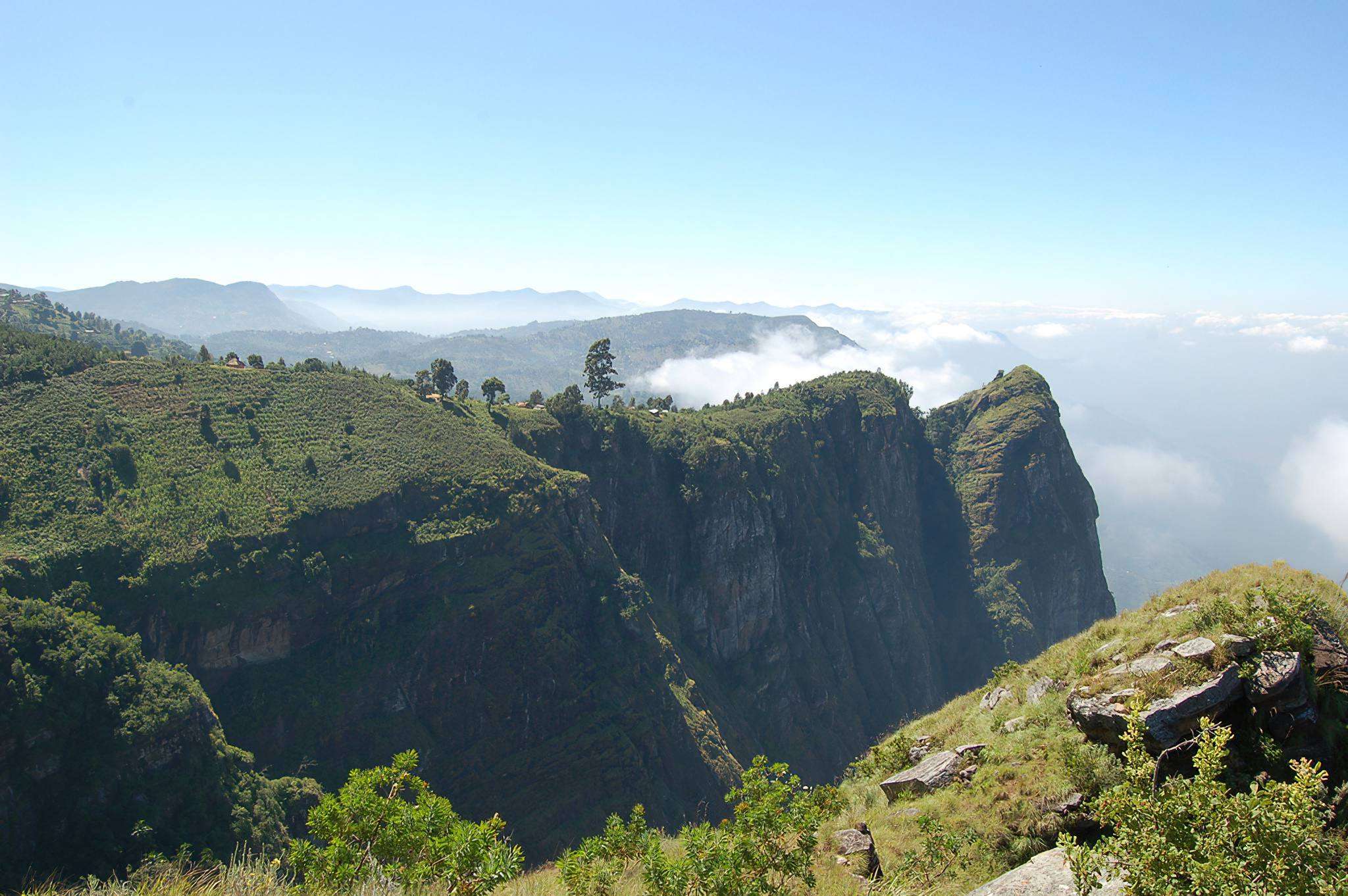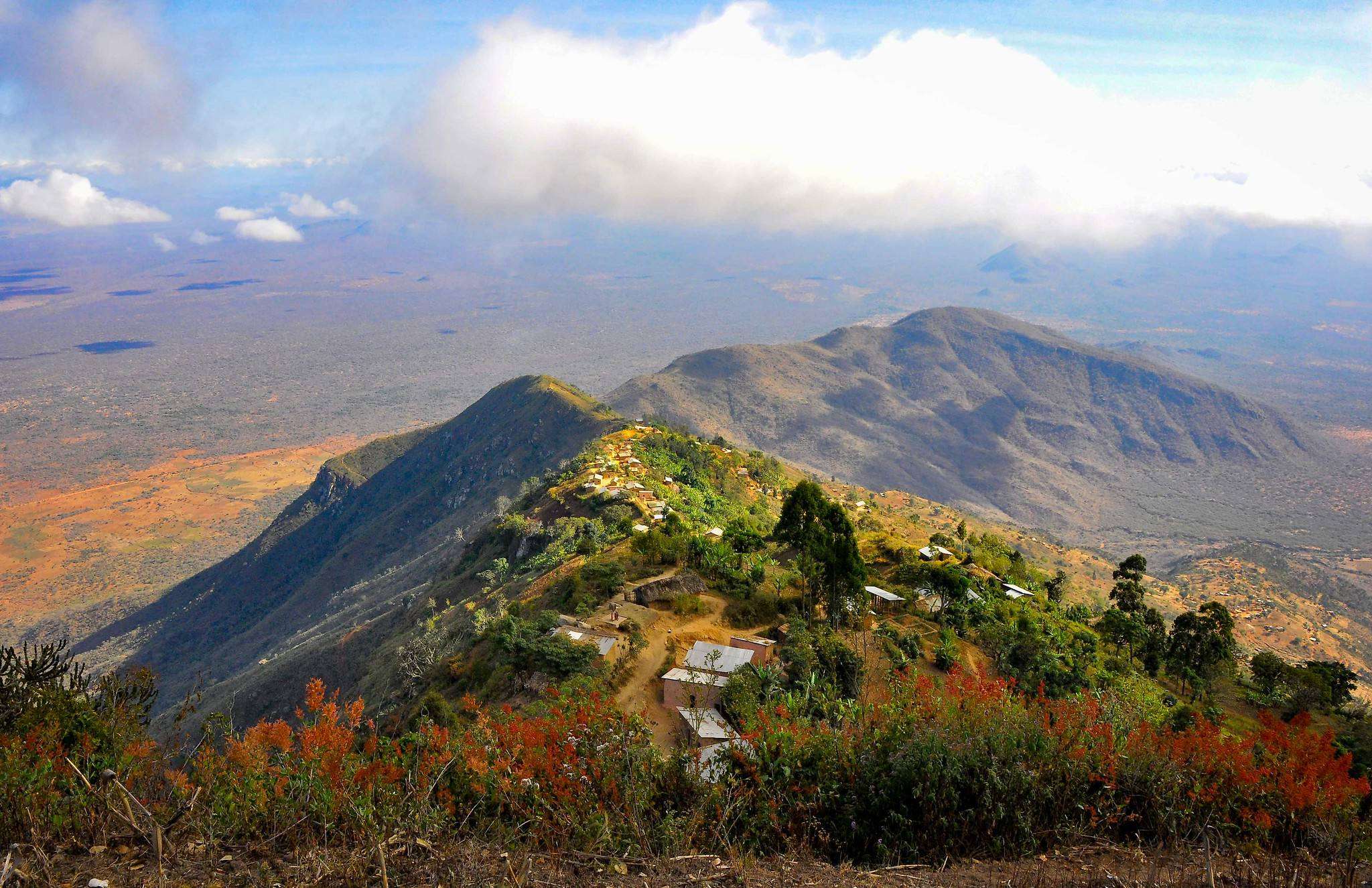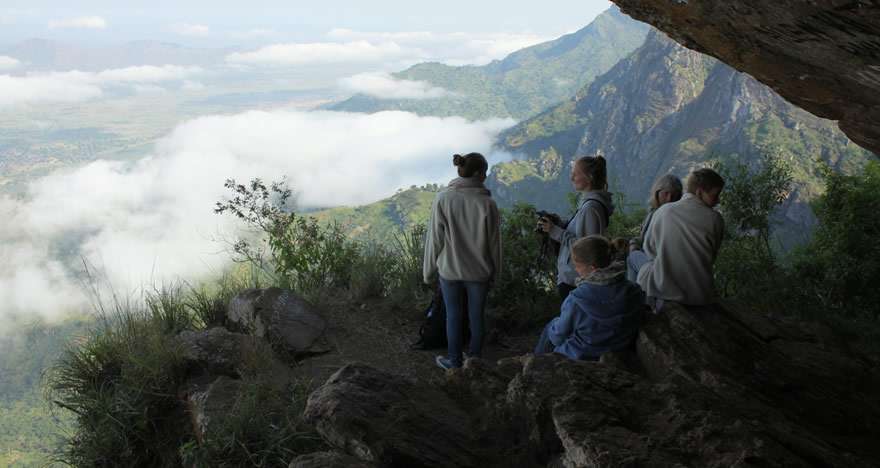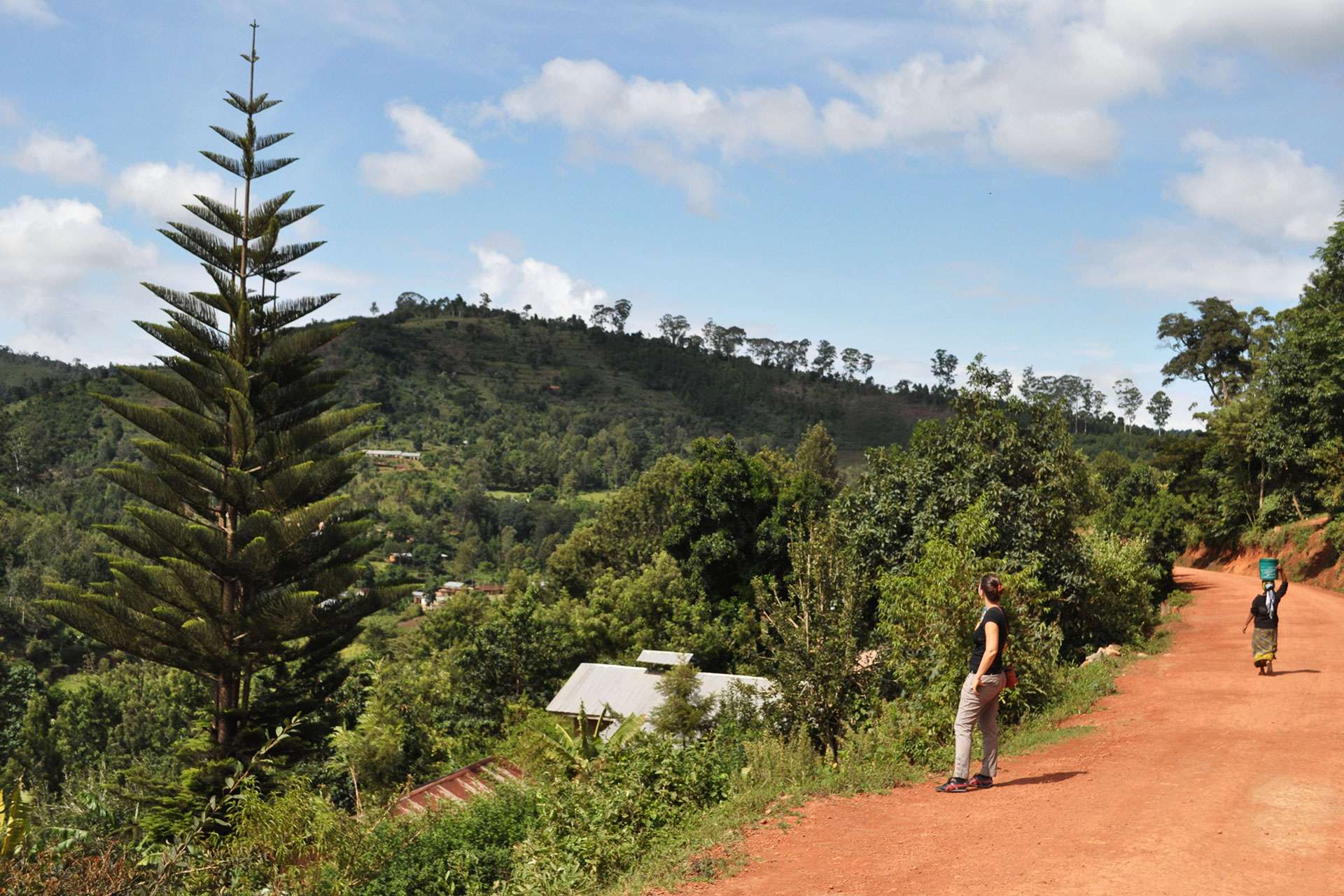The Lush Usambara Mountains
Escape to the cool, verdant highlands of the Usambara Mountains, part of the ancient Eastern Arc range in northeastern Tanzania. Often dubbed the "Galapagos of Africa" for their exceptional biodiversity and high number of endemic species (especially plants and birds), the Usambaras offer a refreshing contrast to the savanna plains.
Divided into the more accessible West Usambaras (centered around Lushoto) and the wilder East Usambaras, this region is a paradise for hikers, bird watchers, and those seeking authentic cultural interactions. Explore lush forests, terraced farmlands, charming villages, and dramatic viewpoints offering panoramic vistas.
Plan Your Usambara Escape
Why Visit the Usambara Mountains?
Excellent Hiking Trails
Numerous trails for all levels, through forests, villages, and viewpoints.
Rich Biodiversity
High endemism, especially plants, insects, reptiles (like chameleons), and birds.
Cultural Immersion
Engage with friendly local communities (Shambaa people) and learn about their way of life.
Stunning Viewpoints
Panoramic vistas like Irente Viewpoint overlooking the plains below.
Superb Bird Watching
Home to endemic species like the Usambara Eagle-Owl and Usambara Weaver.
Cooler Climate
A pleasant escape from the heat of the lowlands.
Key Areas & Highlights
- Lushoto Town: The main hub of the West Usambaras, a charming town with German colonial history, serving as a base for exploration.
- Irente Viewpoint: A famous viewpoint near Lushoto offering breathtaking panoramic views over the Maasai Steppe. Often combined with a visit to the Irente Farm for local produce.
- Magamba Forest Reserve: An extensive indigenous forest reserve near Lushoto, ideal for hiking, bird watching, and spotting colobus monkeys.
- Local Villages: Hiking trails often pass through picturesque Shambaa villages, providing opportunities for cultural interaction, visiting local schools, or seeing traditional farming methods.
- East Usambaras (Amani Nature Reserve): More remote and wetter, known for exceptional botanical diversity and different bird species. Requires more travel time.


Things to Do in the Usambaras
-
Hiking & Trekking: The primary activity, with options ranging from short walks (1-3 hours) to multi-day treks connecting villages and viewpoints.
-
Cultural Village Tours: Guided visits to local Shambaa villages to learn about daily life, agriculture, traditional crafts, and local history.
-
Bird Watching: Explore forests and farmlands with a guide to spot endemic and other colourful bird species.
-
Visiting Viewpoints: Hike or drive to stunning viewpoints like Irente or Mtae (World Viewpoint) for incredible vistas.
-
Forest Walks: Guided walks through Magamba or other forest reserves to appreciate the unique flora and potentially spot wildlife like chameleons or monkeys.
-
Market Visits: Explore bustling local markets in Lushoto or surrounding villages.

Best Time to Visit the Usambara Mountains
The Usambaras can be visited year-round, but conditions vary:
Dry Seasons (June - October & January - February)
- Best for Hiking: Trails are generally drier and easier to navigate.
- Pleasant temperatures and clearer skies are common.
Wet Seasons (March - May & November - December)
- Lush & Green: Landscapes are incredibly vibrant and beautiful.
- Rain can make hiking trails muddy and slippery.
- Views may sometimes be obscured by mist or clouds.
